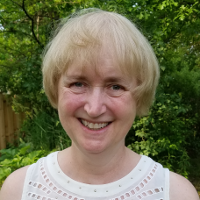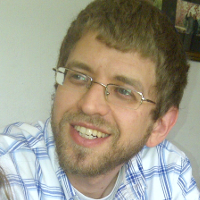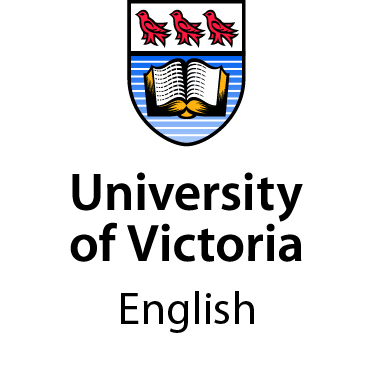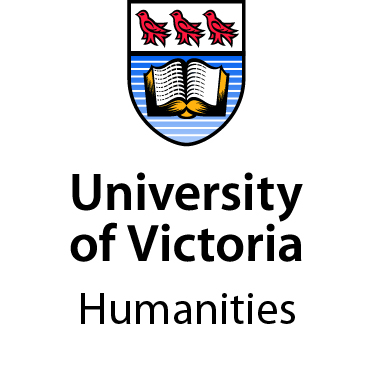Twelfth-Century Transformations

Between the mid-eleventh and the late twelfth centuries, the ways in which people perceived, understood, and explored their places in the world were drastically and irreversibly changed. These changes have long been recognized, and scholars in various fields have described their effects on society and culture. The transformations of this period include the appearance and rise of what is now known as affective piety, religious experience characterized by extreme emotional engagement; the corresponding change in theological focus from God the Father to the suffering, loving Christ; the theological and psychological turn to interiority, and a newly confessional sense of selfhood; the appearance of new secular ideologies of chivalry, of love, of individuality, and cultural and social elitism; finally, the development of literary fiction. It is my argument that these are all parts of a whole, and that their origins can be traced and explained in terms of one another. Drawing on the research for my forthcoming book, the Oxford English Literary History vol. 1: 1000-1350, this lecture will unprecedentedly seek to explain the mechanisms of this vast, Europe-wide transformation.

“Trilingual England” (English, French, and Latin) is now an established concept, with the French of England being brought progressively on board. However, in the quest for a new kind of literary studies that is ‘international and multilingual, [and] finds its most pregnant textual examples rather in border territories and areas of shifting sovereignties than in hegemonic centres’ (quoting Robert Stein), the Celtic languages and their speakers are often, ironically, dismissed, and this despite a prior mandate from Bede's Ecclesiastical History to consider Britain a zone with (at least) five languages. The political claims—claims about land and identity—made by romance and its tributary genres, such as the Breton lay and the chanson de geste, involve a negotiation between the appeal of Celtic source cultures and the imperative to colonize and dominate them. It is not simply that romance makes one-sided demands; the negotiation paradigm helps us understand that it is a profoundly ambivalent genre, a double-edged kind of border writing. Case studies will include Chantilly, Musée Condé MS 472, Shrewsbury School MS 7, and various Welsh and Irish manuscripts.

Early Middle English often appears in intimate colloquy with other languages. In trilingual miscellanies dated ca. 1270-1350, we find English increasingly included as a vernacular mode produced with its own aesthetic precision. Sometimes in non-English texts a bit of English abruptly interrupts for special effect. More robustly, macaronic texts set different languages in provocative balance, English contending on an equal basis. And most tellingly, a range of innovative Early Middle English lyrics, debates, and romances were being adroitly composed and recorded in trilingual contexts. Such survivals point to a host of multilingual authors who chose to explore literary effects possible only in English. My presentation explores not merely how Early Middle English found its voice in a vast sea of French and Latin literature, but also how it vigorously spoke back to these languages and their traditions, while accruing an overtly written presence in manuscript miscellanies.

My talk will address the challenges and mechanisms of literacy—the decoding of orthographical
signs as meaningful sounds—in view of the post-Conquest proliferation of new vernacular
book-languages and the turn to multilingual books. The fact of these books has obscured
for us their real difficulty. How exactly does one come to write and read the languages
one speaks, particularly if those languages have never or seldom been written or read
before? How do new vernacular book-languages engage with and disrupt conventional
literate modalities? How and why and with what consequences do they alter the look
of the book, the instrument and functional aim of literacy, which undergoes radical
transformation from familiar and stable mises-en-page (of bibles and psalters, for instance), to the hot mess
of the codices we love, whose orthography is anything but ὀρθός, 'upstanding'? How
do the cognitive processes enforced in this context of wild variance shape readers’
linguistic and literary engagement with these compilations, including our own approach
to the multilingual literacy they require?
Medieval English Rabbis—Image and Self-Image

From at least the mid-twelfth century until the Expulsion in 1290, England hosted a community of active rabbinic scholars. Although much of their literary heritage has been lost, several treatises and dozens of responsa still survive. This keynote paper will survey the state of research into the surviving rabbinic texts from medieval England and the life and times of those rabbis whose names are known. In traditional and critical scholarship alike, the rabbis of medieval England are perceived as minor figures, piquant but unimportant. To a large degree, this perception stems from the assumption that medieval Anglo-Jewry as a whole was nothing more than an offshoot of the larger and more vital Jewish community in France. The paper will consider the factual basis of that perception, examining the ways in which medieval English rabbis were seen by their continental Jewish contemporaries and how they saw themselves.
Articulating Saint Edmund the King at Bury St Edmunds

A discussion of the cultural and historical context of Denis Piramus's Vie seint Edmund le rei, which creates a narrative in French from Latin and English hagiographical and historiographical sources, aimed mainly at the land-owning class in England. Written in a lively and polished literary style, the Vie is at once intensely historical (establishing the pre-Norman Conquest historical basis for the patron saint of St Edmunds Abbey) and pointedly political (discussing the role and limits of kingship, and protection of landowners from taxation). Research on archival sources gives us a remarkably detailed picture of cultural life at St Edmunds Abbey when Piramus was writing, making it easier to see how Piramus's Vie shapes Edmund's narrative in response to debates of the time.



